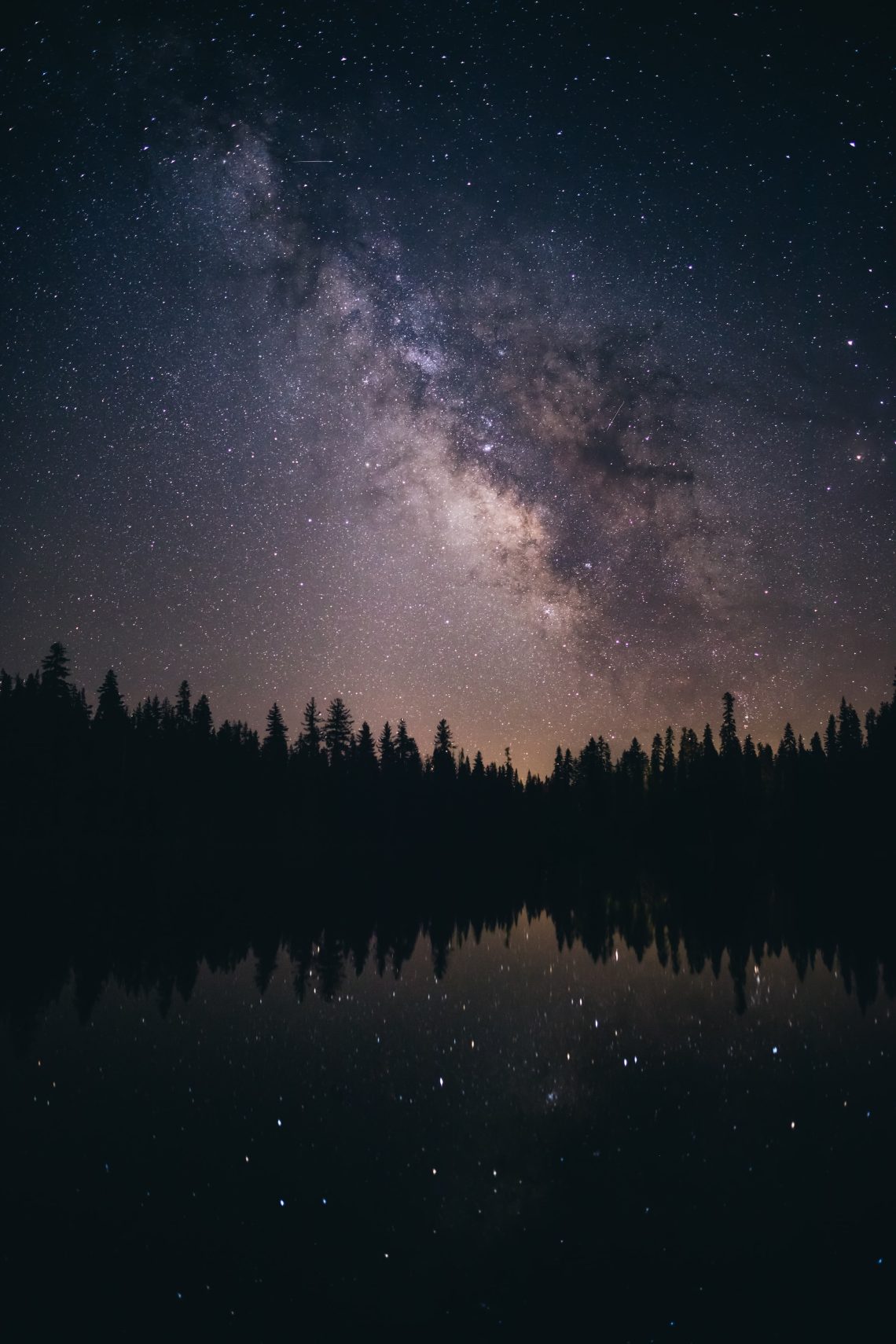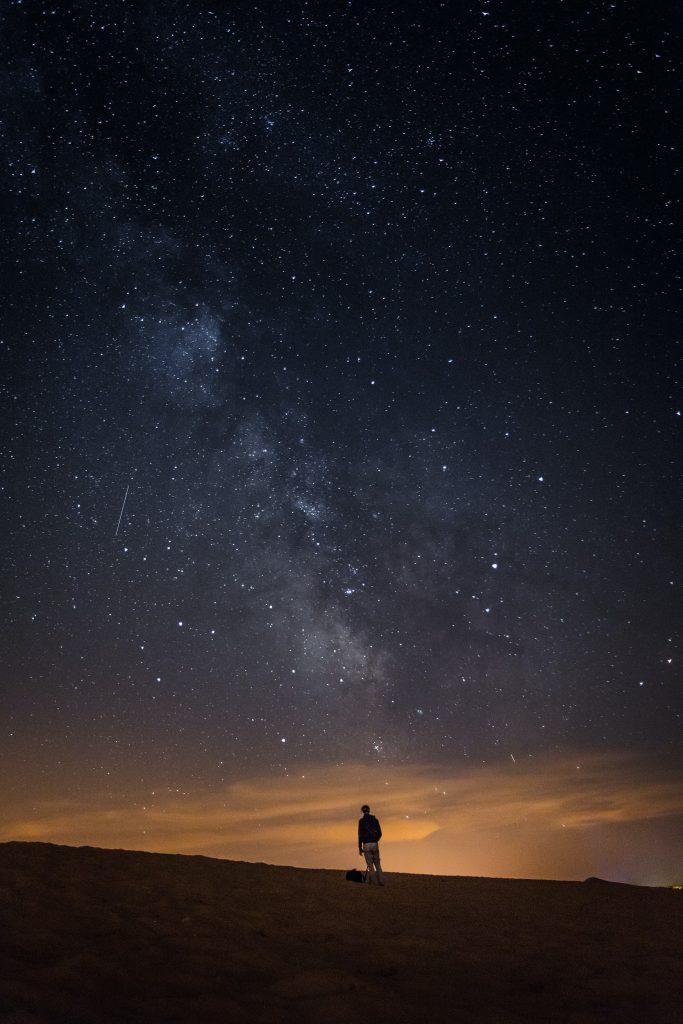
Top 5 Things To Know About The Moon
Do you know why you sleep less well on full moon nights? Yes, the Moon affects our body and our mind to the point of preventing us from sleeping on certain nights. Besides the passion that Man has had for the Moon to the point of going there regularly, the natural satellite of the Earth influences much more things on us and our planet than you think. So, without further ado, here are 5 things to know about this mysterious star, Earth’s only natural satellite.
1. The weight is lower on the Moon than on the Earth

The Moon’s gravity (1.62 m/s2) is smaller than that of the Earth (9.807 m/s2). Therefore, a man on the Moon exerts a force on the surface of the Moon six times weaker than that which he exerts on the surface of the Earth. For example, during the Appolo 11 mission, astronauts Neil Armstrong and Edwin Aldrin wore a suit that weighed around 82 kg. But on the Moon, this weight is only 14 kg. This phenomenon also makes it possible to run for hours without feeling the effort and to hold on to one finger without experiencing pain.
2. The Moon is moving away from the Earth
It is a fact the Moon is moving away from the Earth. We know that it is currently 384,400 kilometers from Earth. But 380 million years ago, it was 367,000 km away. Based on these data, we can estimate that shortly after its creation, the Moon and the Earth must have been extremely close.
During the Apollo 11 mission in 1969, the installation of laser reflectors made it possible to measure that the satellite was moving away from the Earth at an estimated speed of 3.78 centimeters per year. This is mainly due to the Earth’s tides. The latter release mechanical energy by the friction of the oceans on the seabed, which accelerates its movement and causes its slow removal.
3. The temperature drops from 150°c to -230°c
The Moon has no atmosphere; that is to say, nothing retains or protects from the heat of the Sun. This characteristic is responsible for a very large thermal amplitude. Thus, the surface temperature of the Moon reaches 150°C during the day, in full Sun, at around -150°C at night.
In some crater floors that never see sunlight, the temperature can even drop to -230°. The difference in temperature that a rock presents between its illuminated face and that plunged into shadow thus reaches almost 300°C, a value more than ten times higher than the differences that we know on Earth, where the atmosphere plays a regulatory role.
4. We always see the same face
The Moon takes exactly the same time to go around itself and to go around the Earth: 28 days. This is why we always see the same side seen from the planet. If the Moon did not turn on itself, then we would see its entire surface. This phenomenon is called synchronous rotation. So we have the illusion that there is a “dark side” of the Moon, but the entire surface of the Moon gets sunlight at some point.
5. A person is buried on the Moon

Famous for having discovered Comet Shoemaker-Levy with his wife Carolyn S. Shoemaker and David Levy, Eugene Merle Shoemaker also received numerous honors during his career in the field of planetary science. This astronomer should have been the first scientist to walk on the Moon, but he was not selected due to medical problems (an abnormality of his adrenal glands).
He died in a car accident, and NASA decided to honor him and send his ashes to the Moon with the Lunar Prospector mission in 1998. He is not the first man to have walked on the Moon, but he is the first to rest there.
Sound off in the comments section below, and tell us what you want to read next and if you want to read more about the Moon.






One Comment
Pingback: